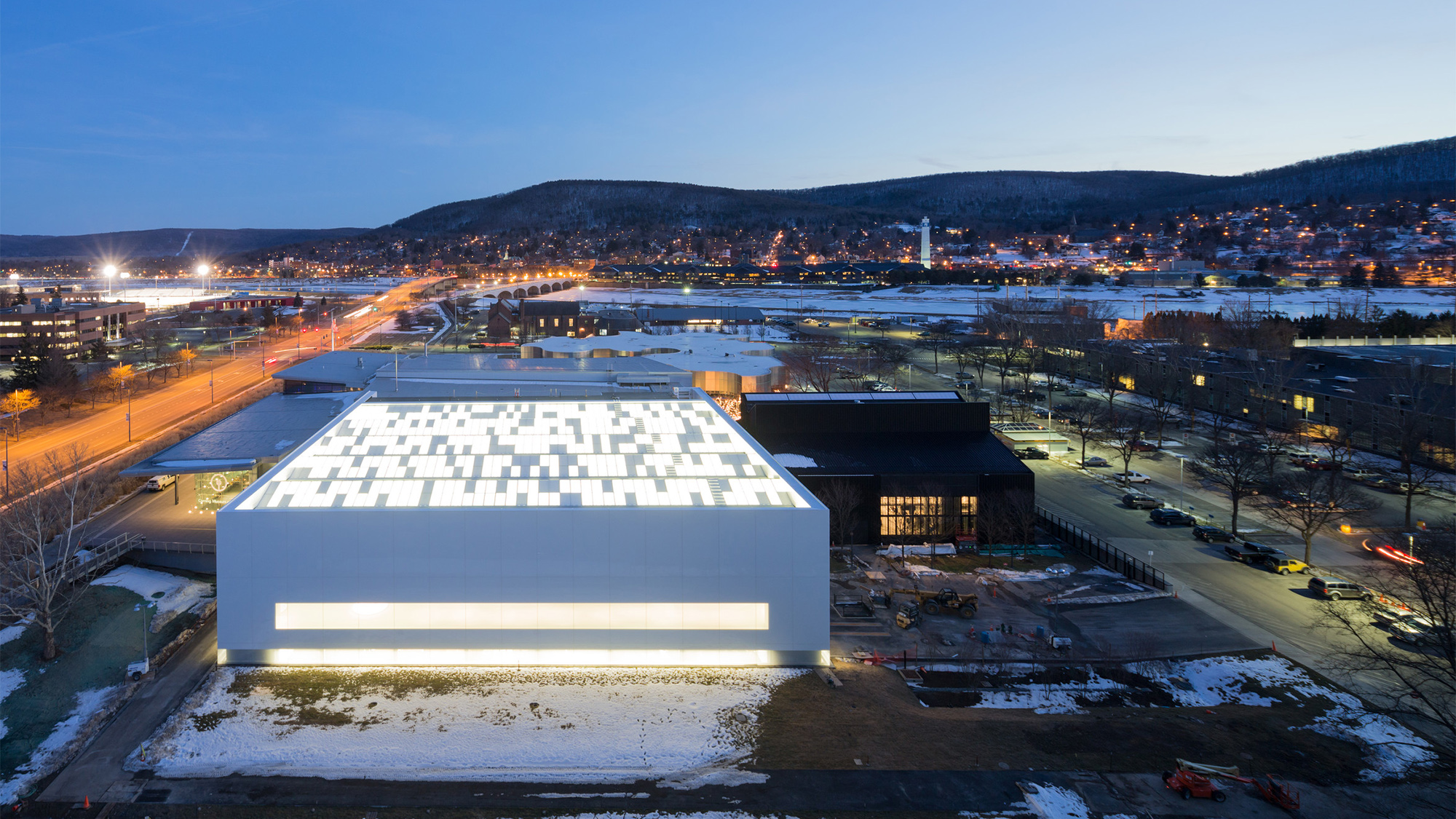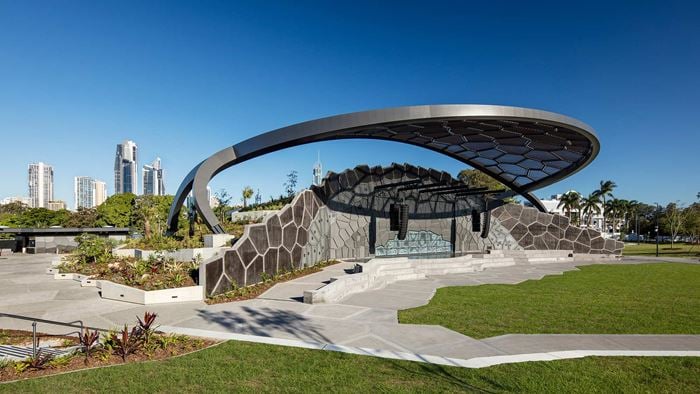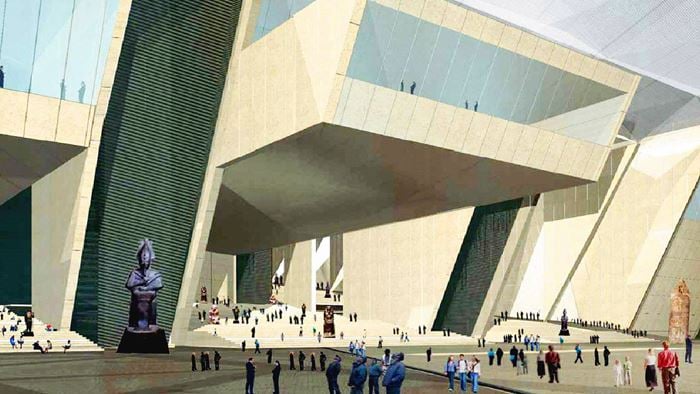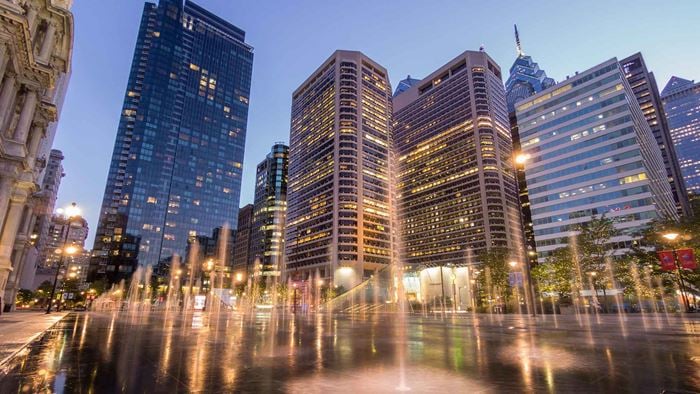The 100,000ft2, $64m new Contemporary Art + Design Wing at the Corning Museum of Glass includes a 26,000ft2 gallery space and 500 seat live glass demonstration facility, and is the largest space in the world devoted to the display and creation of contemporary art and design in glass.
Lighting was a key driver in the architectural design, and the unique qualities of glass allowed for more flexibility and innovation than a typical art viewing space, where daylight must generally be dramatically reduced or eliminated.
The design includes a glass roof, which consists of a pattern of clear, diffuse, and opaque panels that allow abundant levels of daylight to filter down through a concrete beam system that tempers the daylight, shields the view to the skylights, and pushes light downward onto the glass sculptures. Since almost all works are free standing, the curved partitions allow spaces to flow into one another without the need to depend on flat walls for hanging of two-dimensional objects. The ceiling system also includes ambient uplighting for general illumination at night and lighting track with spotlights on custom pendants to spotlight art.
Glass demonstration theatre
The new live glass demonstration theatre allows the museum to accommodate more visitors in one of their key attractions, live glass-blowing shows that afford a 360 degree view of the process. Custom pendant light fixtures were designed to work with the industrial aesthetic of the former factory building that houses the shows. The pendants provide both general ambient and adjustable spotlighting for the performance. During the day, a skylight at the top of the space allows filtered daylight to balance with daylight from the windows on two sides of the theatre.
A fire and life safety strategy
The museum is a patchwork of expansions built to various building codes over a 65 year period. Arup developed a fire and life safety strategy for the new wing that allowed it to blend seamlessly with the existing buildings without requiring changes to those existing facilities. Our fire and life safety consulting team was pivotal in allowing the gut renovation of The Ventilator building to retain its exposed steel truss structure without requiring fireproofing. We worked closely with the local authorities to approve a number of performance-based approaches and modify an existing variance for the project.
 ;
;










